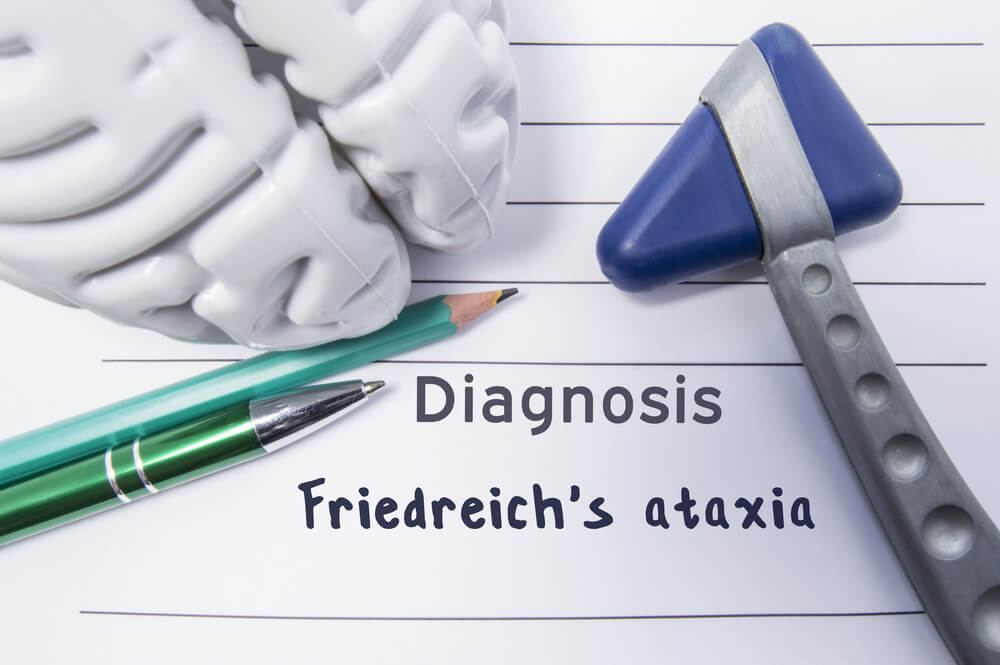Friedreich’s ataxia syndrome is an unusual inherited illness that creates problems in walking, a loss of movement in the legs and arms, and a weakened speech. It is also defined as spinocerebellar degeneration which generates harm to the area of your spinal cord and brain that can influence your heart too.
When you say ataxia, it signifies deficiency of order. There are several kinds of ataxia that have several causes. And one of these is called “Friedreich’s ataxia”. This condition gives rise to the shaking movements and basically gets worse over time.
What is the cause of Friedreich’s ataxia syndrome?
The main cause of Friedreich’s ataxia syndrome is alteration and weakness in the gene mentioned as FXN, which takes in the creation of a protein known as frataxin. FAS is a genetic condition, in which individuals acquire two malfunctioning duplicates of the gene, one from every parent, to develop the disease. Both females and males may be affected with this syndrome.


